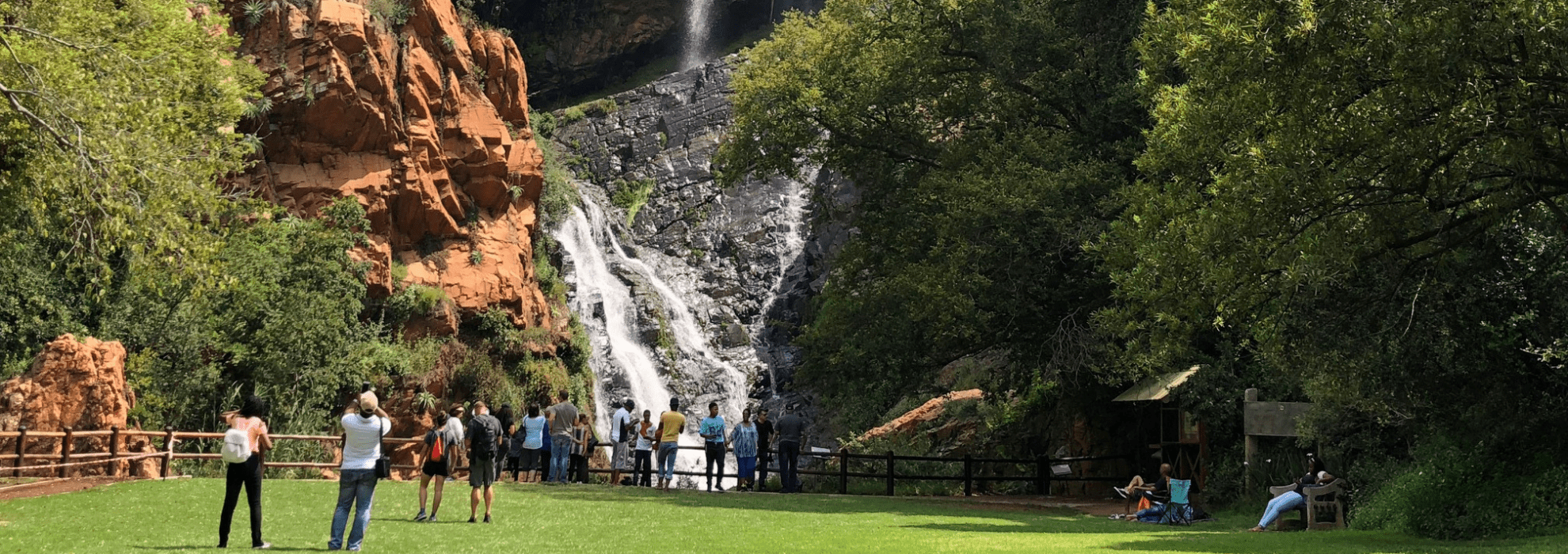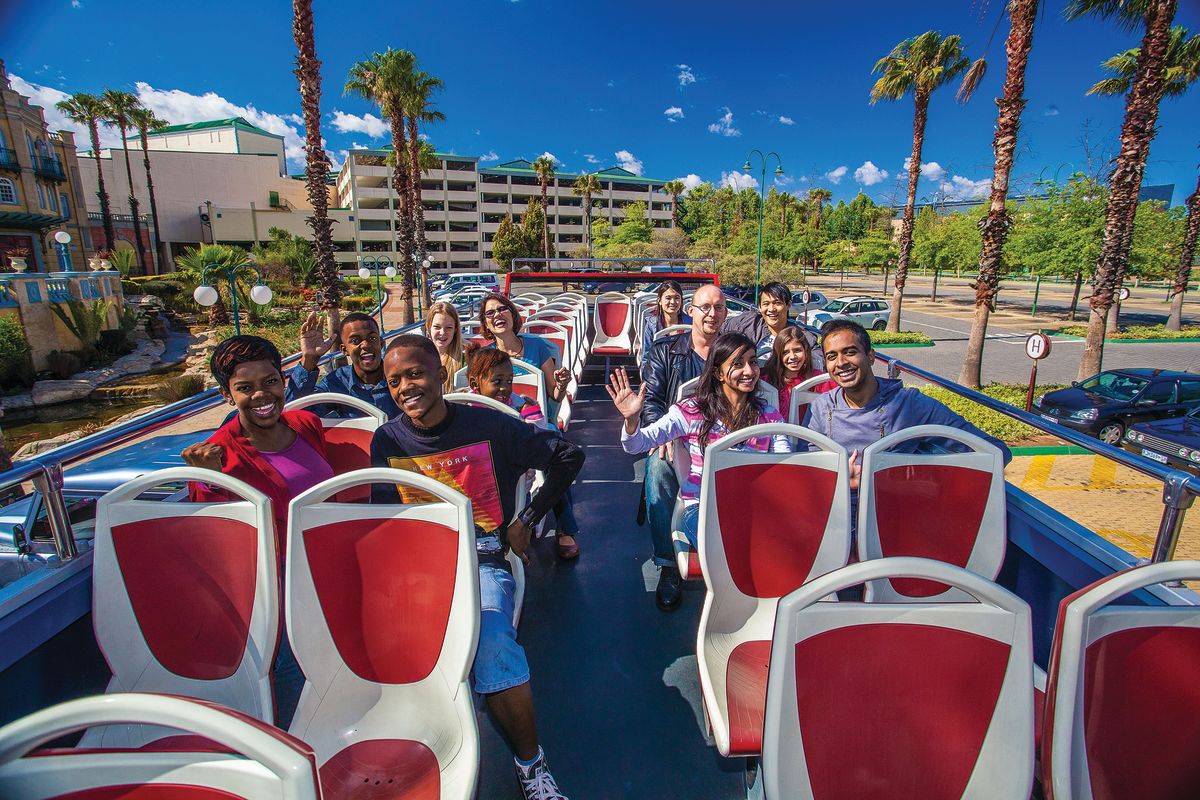All about Johannesburg North Attractions
All about Johannesburg North Attractions
Blog Article
The Ultimate Guide To Johannesburg North Attractions
Table of ContentsTop Guidelines Of Johannesburg North AttractionsThe Of Johannesburg North AttractionsHow Johannesburg North Attractions can Save You Time, Stress, and Money.Johannesburg North Attractions - QuestionsThe 10-Minute Rule for Johannesburg North AttractionsThe Of Johannesburg North Attractions
The city owes its area to the visibility of a a lot more priceless resource: gold. The city grew on the edge of the Witwatersrand Main Reef, a subterranean stratum of gold-bearing quartz-silica empire that arcs for numerous miles below the Highveld. Many of the gold mines in the city discontinued procedure in the 1970s, yet in its day the Witwatersrand gold industry made up even more than 40 percent of the globe's annual gold manufacturing.Johannesburg has a temperate climate. Summertime temperatures balance regarding 75 F (24 C); winter months temperature levels average regarding 55 F (13 C) and only sometimes dip below freezing. The city delights in regarding 8 hours of sunshine each day in both winter season and summer season. Rain averages concerning 28 inches (700 millimetres) per annum, but the total varies considerably from year to year.
What rainfall the city gets falls virtually solely in the summer months, usually in stunning late-afternoon electrical storms., where many locals still rely on coal for gas.

Some Of Johannesburg North Attractions
The equilibrium of the city is inhabited by whites. Accommodation differs in personality and top quality. Soweto is infamous for its countless rows of municipally constructed, two-room matchbox homes, yet it also has a few thriving enclaves as well as bristling squatter camps, where tens of thousands live without water, power, or hygiene facilities.
Physical growth, although somewhat restricted by transport, continued quickly as migration to South Africa, and Johannesburg particularly, boosted dramatically. This issue was solved in the 1930s when the automobile was presented in automation to South Africa. Vehicles were, generally, confined to the rich, and permitted them to relocate to the north of the city and commute into the centre.
The majority of inadequate suburban areas were combined, with inadequate blacks and whites cohabiting, although the wealthy suburban areas were typically scheduled for whites. This changed with the political election of the National Party in the 1948 political elections, that began to formalise the system known as apartheid. Apartheid formally assigned which suburban areas each race might stay in under the Team Locations Act.
The previous system of eleven phoned number areas was reorganised in 2006. Marshalltown, as seen from the top of the Carlton Centre. The M1 and M2 run behind the structures, and the southerly suburban areas extend past the freeway limit. The central city of Johannesburg is located within the city's Region F. The approximated population of the area is 200,000, [] yet the variety of people residing in the central city on an informal basis is unknown, as lots of are illegal aliens. A lot of higher-income citizens and white individuals have relocated to the northern residential areas and have been changed by lower-income black people. The joblessness, education, and age profiles of the area are all unidentified, as a result of the problem of getting trusted info concerning the location.
The Main Principles Of Johannesburg North Attractions
Centred on the CBD, the region consists of the residential areas of Yeoville, Bellevue, Troyeville, Jeppestown, and Berea to the east. To the useful link west it spreads to Pageview (Johannesburg North attractions) and Fordsburg. There are little commercial areas to the south, such as City West-Denver and Benrose. Around 800,000 commuters travel through the inner city daily, and it operates as a local shopping node for visitors from the southern suburbs. Yeoville and Bellevue have a mix of apartment or condo structures and single household units on small great deals. The area lies on a hilly divide that runs from eastern to west. One of the most conspicuous geographical attribute is Observatory Ridge, which is called for the huge observatory located on it. The entertainment rooms are no more used, because of security troubles.

Johannesburg Arena, a training ground for both the Golden Lions and Orlando Pirates, is surrounding. The eastern suburban areas of Johannesburg lie in the city's 7th [] and 9th [] regions. The area is likewise functionally integrated with East Rand boundary towns beyond the main limit of Johannesburg, such as Bedfordview and Edenvale (both part of Ekurhuleni Metropolitan Town).
Facts About Johannesburg North Attractions Uncovered
R. Tambo International Airport). The eastern suburban areas are a few of the oldest areas of Johannesburg, there are big neighborhoods of Jewish and various other European histories, most of the population is English talking. There are 3 fairway along with a number of secured ridges with viewsites. There are several well-developed and up-market home entertainment and shopping areas in the eastern such as the Eastgate Mall and the Greenstone mall.
Originally developed to house male migrant workers, numerous have been boosted as residences for pairs and families. The suburb was not historically enabled to develop work centres within the location, so practically all of its residents are commuters to various other parts of the city.
How Johannesburg North Attractions can Save You Time, Stress, and Money.
The residential areas in the northern suburban areas are mainly official, with no significant areas of casual real estate, hop over to here or real estate that does not have a long-term framework. This is a well established area, there is a trend of land usage change from household to industrial, especially along major arterial roadways and around recognized nodes.
The location is well linked to road networks, especially along the north-south axis created by the M1 and N1. Roadways to the east and west are less well created, as there are no freeways taking a trip in that direction. In the direction of the northern boundary of the city, the density of growth lowers, leaving huge areas of untaught land around Midrand.
The Buzz on Johannesburg North Attractions
, which is situated on a hillside overlooking the inner city and Hillbrow.
Report this page